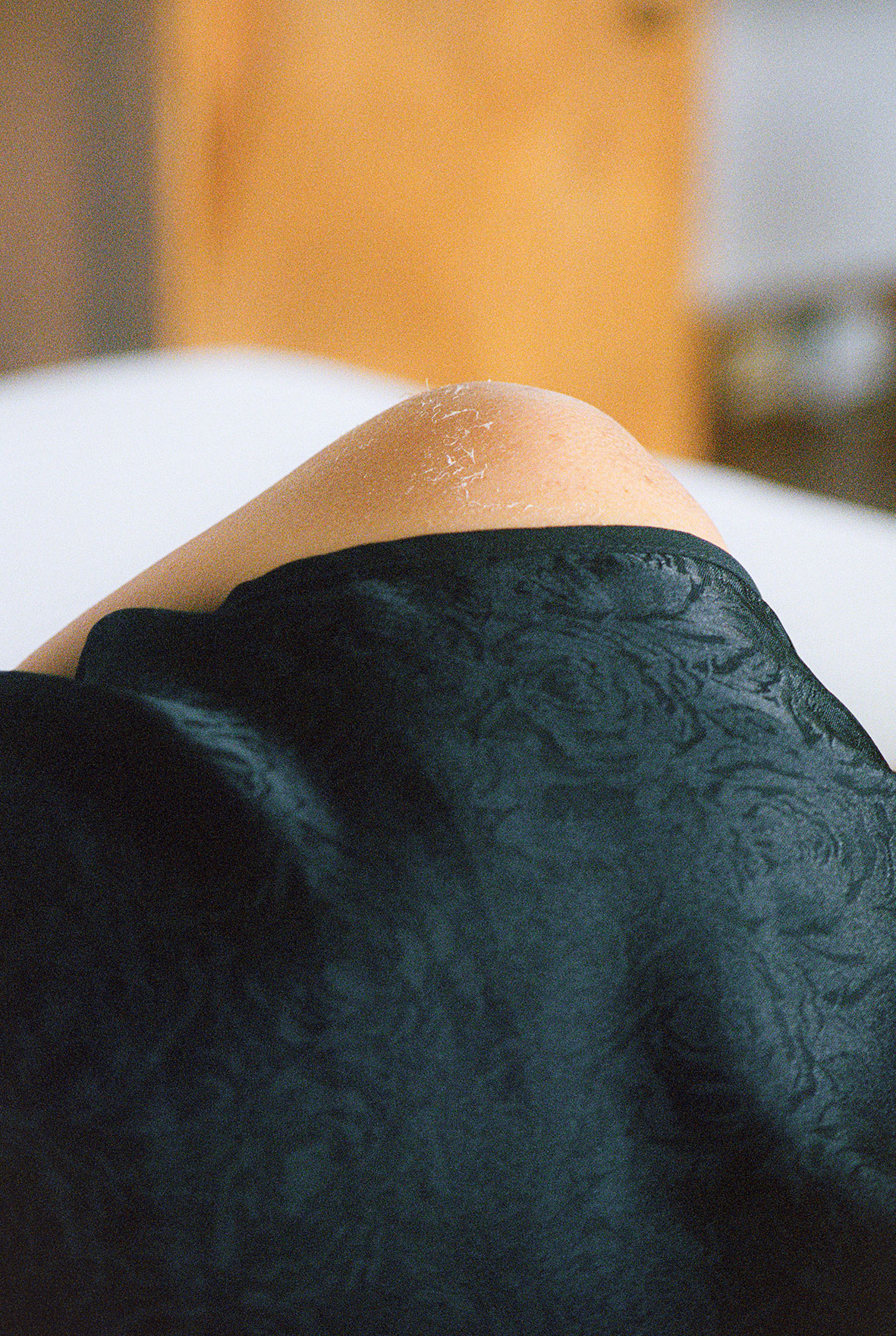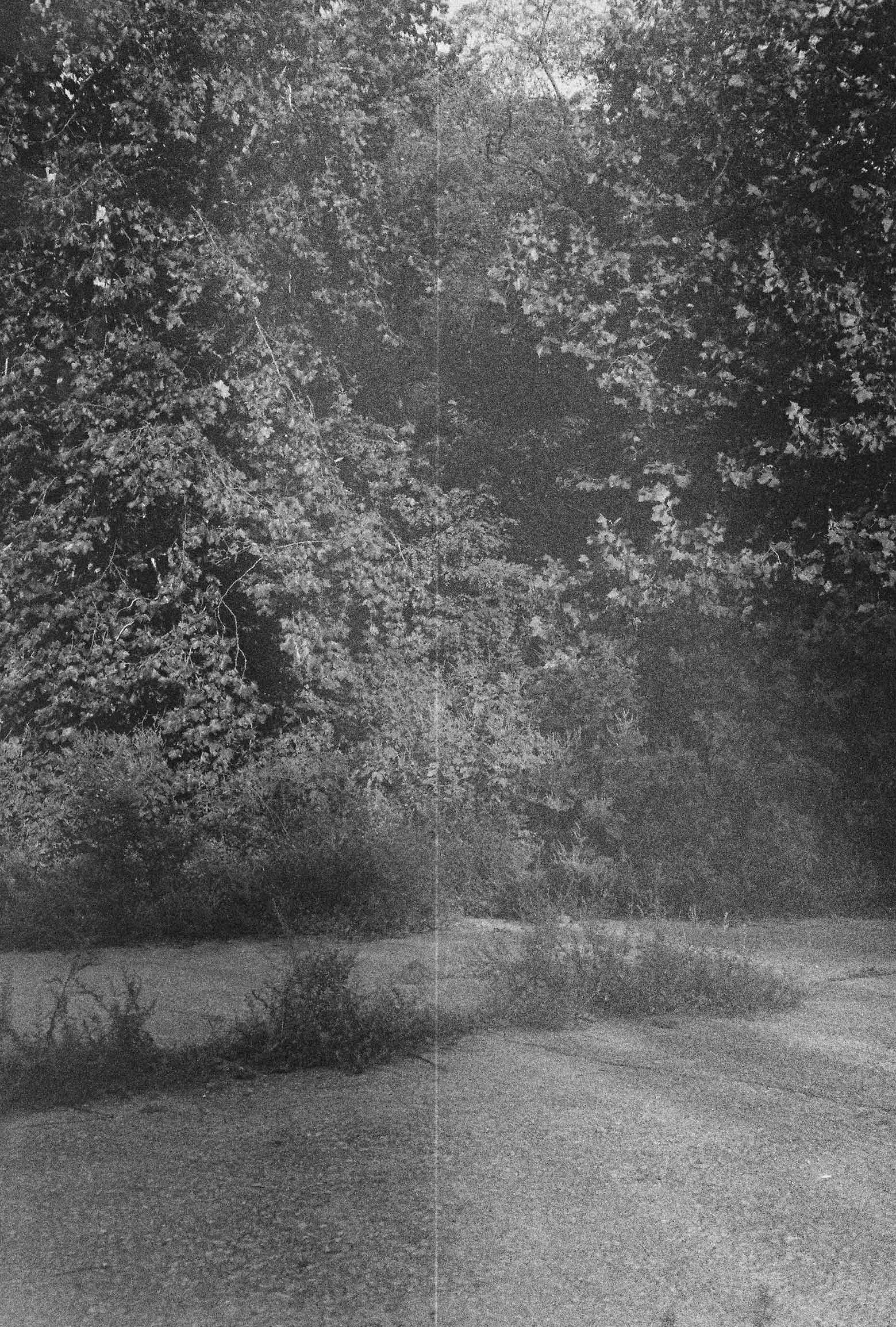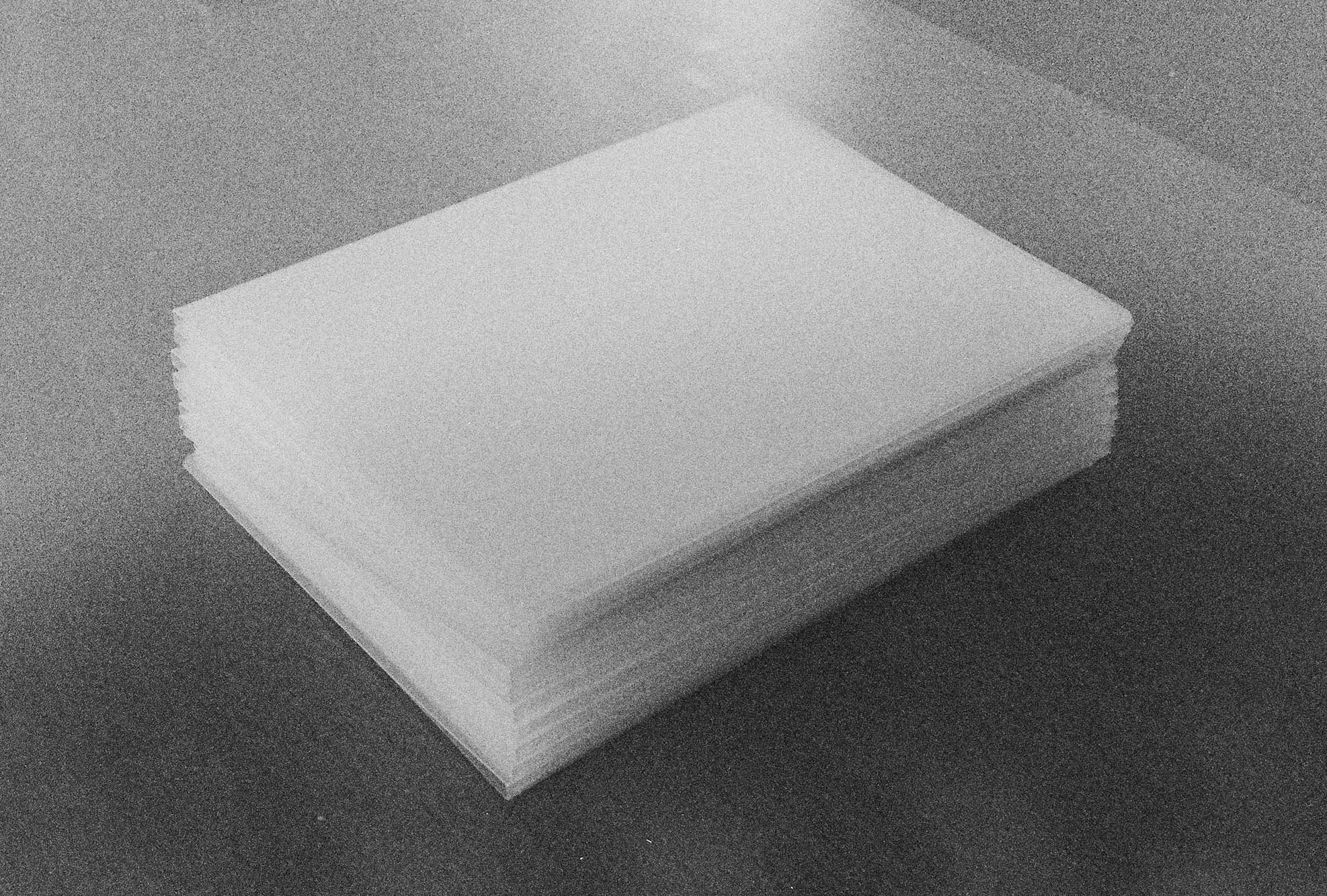김세은, 김유자, 로와정, 문이삭, 한우리
Kim Seeun, Kim Yuja, RohwaJeong, Moon Isaac, Han Uri
Tenses, Whistle, 2025. 5. 24 - 2025. 7. 5 curated by KIM Sung woo photo Ian Yang

























Image courtesy of Whistle and Artists
김성우
한편, 베르그송과 같은 이는 시간을 순간의 연속으로 보는 것이 아닌, 삶의 흐름과의 연관성에 입각해 이해것을 요구한다. 시간이란 단순한 양적 개념이 아닌, 내적 경험의 질적 측면과 연결해야 한다는 것이다. 시간의 통제에 대한 욕망은 이질적 시간을 동일한 공간에 정박시키려는 욕구에 기반하기에 서로 다른 사건이나 상태가 동시에 존재하는 것을 거부한다. 하지만, 그의 관점은 두 개의 것이 하나의 공간에 존재할 수 없다는 불가입성(impenetrability)에 기반하여 정량화, 계량화하려는 그간의 시도를 경계한다.
《Tenses》는 앞서 언급한 시간의 수용 방식 중 어느 한 가지를 택하거나 재현하려는 것은 아니다. 그보다는 이와 더불어 존재하는 시간의 여러 이해에 있어, 특히 미술의 언어가 시간을 포획, 지연, 연장, 확장, 혹은 더 나아가 중첩하는 양태를 살피는 것에 초점을 맞춘다. 이를 위해서 본 전시는 각 매체 고유의 성질을 조형적 단서로 시간을 촉발, 작동, 지속, 감각하는 원리를 살핀다. 그리고 그러한 조형적 언어 위에서 재현된 이미지의 작동 원리와 이미지에 링크되는 개념을 하나로 묶어 ‘시제’로 제안한다. 그렇게 선형으로부터 이탈하여 다르게 연결, 접속하게 되는 이 전시의 시제들은 다시 얽히고설켜 모종의 시간들이 동시에 출몰, 혹은 소멸하는 시간대를 구성한다.
조형성을 토대로 시간성을 장착한 이미지는 시각적으로 재현된 서사의 조각을 넘어, 시간이 흐르는 방식과 그 흔적을 슬며시 표출하는 구조를 지닌다. 이러한 이미지는 종종 기록이나 사건, 장소 등의 개념과 밀접하게 접목하여 현상의 포착과 그 표피적 미감을 넘어서 시간의 층위를 형성하는 매개물이 된다. 그러므로 Tenses는 시간의 피상적 양식들, 즉 소리 없는 배경과 같은 공간이나 미적 대상으로서의 풍경을 다루기보다는, 매체적 특질로서의 조형과 시간성을 내재한 이미지가 교접하는 지점에 주목하며, 이를 다시 다층적인 시간이자 사건으로서의 전시로 이어낸다. 동시대 미술의 언어가 가시화된 양태-이미지를 하나의 사건으로 다루어 본다는 것은 아감벤의 말과 같이 ‘해석’과 ‘반복’을 통해 지속된다. 사건의 파편적 흔적은 관객의 움직임과 관점에 따르는 새로운 시선의 조합과 경험적 환기를 거듭하며 거의 무한한 지평으로 확장할 수도 있다. 이러한 사건적 시공에 자리 잡은 시간성은 때로는 ‘장소’적 감각에 결합하고, ‘기록’의 순간에서 불현듯 발견되기도 하며, 더 나아가 부재(absence)나 잔여(remnant) 혹은 반대로 현존(presence)의 방식으로 가시화한다.
김유자의 사진은 사라진 존재와 지난 시간의 죽음을 유예하고 현재에 포개어 놓는다. 주지하다시피, 사진은 기록의 매체로 시작되었다. 지난 시간과 공간은 한 장의 사진에 압축되어 여기에 놓인다. 사진기에 포착된 이미지는 우리의 망막에 맺히는 대상의 외양과 다름없는 현상이다. 거기에는 실재하는 시간과 장소, 그리고 대상이 존재한다. 하지만, 사각의 프레임에 놓인 김유자의 이미지는 그때의 서사로 오늘을 되묻기 시작한다. 마치 텅 빈 새장이 부재를 통해 존재의 자리를 밝히는 식으로, 혹은 빛에 노출되어 피사체를 잃어버린 필름이 대상의 소실을 통해 존재론적 양식을 상기하듯 말이다. 심지어 이미지를 구성하는 사진의 입자는 그 자체로 기록과 유실의 사이에서 현재의 시간을 되묻는 물질적 감각으로 전환한다. 서로 다른 존재의 양식을 현재의 이미지로 그러안는 김유자의 사진 속에서 우리는 “지난 일을 추억하기보다는 앞으로 함께할 방법을 찾으며”* 미래로 향한다.
*김유자와의 대화에서 발췌
KIM Sung woo
How does time exist? Once elusive and intangible, the concept of time now appears objectified—as a social and cultural apparatus. Precision timekeeping instruments, developed alongside scientific progress, played a key role in shaping and solidifying the modern concept of time. Accurate measurement and regulation of time became essential in the pursuit of productivity and efficiency, leading to its standardization. Abstract time was restructured into a quantifiable resource; segmented into mechanical units like seconds, minutes, and hours; divided into calendar-based systems such as standard time and time zones; and shaped by the capitalist imperative of measurement. Thus, time entered the realm of measurability, management, and control.
In contrast, Henri Bergson contends that time should be understood not as a sequence of discrete moments, but as something inseparable from the flow of life. He insists that time is not merely a quantitative concept, but is qualitatively bound to inner experience. The desire to control time is rooted in the urge to anchor heterogeneous temporalities within a singular, unified space—an impulse that denies the possibility of multiple events or states coexisting. This perspective, grounded in the notion of impenetrability—the idea that two entities cannot occupy the same space—offers a critique of the tendency to quantify and standardize time.
Images imbued with temporality through their formal structures become more than fragments of visualized narrative; they subtly reveal how time flows and leaves its traces. Often intimately tied to notions of record, event, or place, these images act as mediators that move beyond the mere capture of phenomena or surface aesthetics to construct layered experiences of time.
presence.
Kim Yuja’s photographs suspends vanished existences and moments of the past, and overlays them on the present. As a medium of recording, photography compresses past time and space into a single image. Like a retinal imprint, the photograph appears phenomenally identical to the visible world, containing real time, real place, and real subjects. Yet Kim’s images turn toward the present by responding to narratives of the past. Much like an empty birdcage that, through its very absence, reveals the locus of being—or like a strip of film overexposed to light and bereft of its subject, evoking an ontological mode through the object’s erasure—so too do the very grains of the photographic image transform into a material sensibility that, suspended between record and loss, re-questions the here and now. In Kim Yuja’s photographs, which enfold the modes of different existences into present images, we are propelled toward the future “not by reminiscing on what has passed, but by seeking ways to move forward together.”*
*Excerpt from a conversation with Kim Yuja